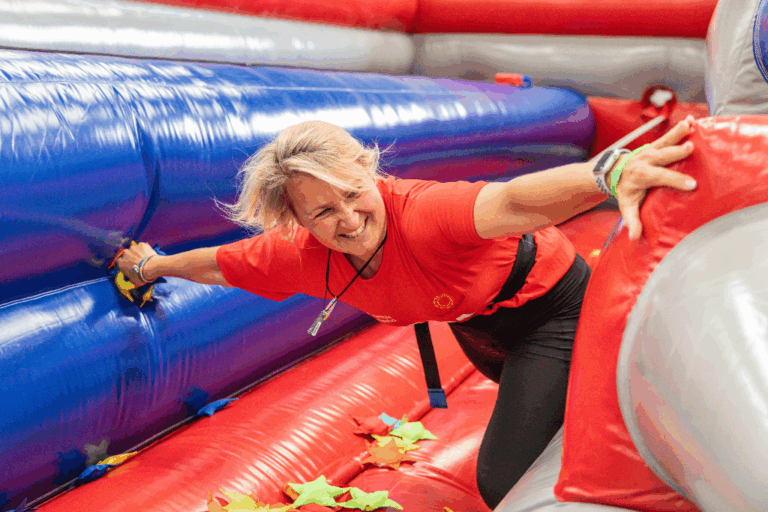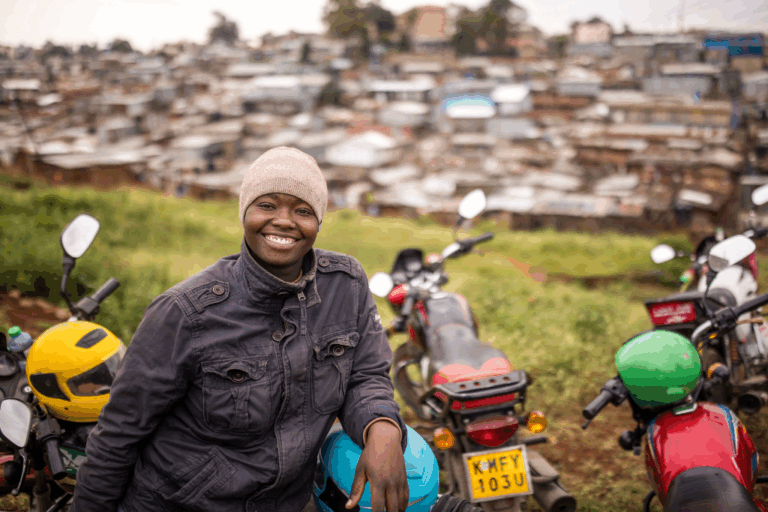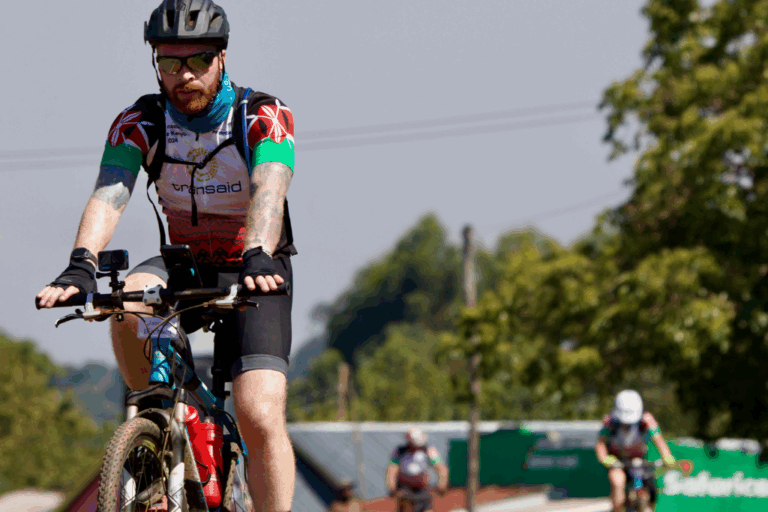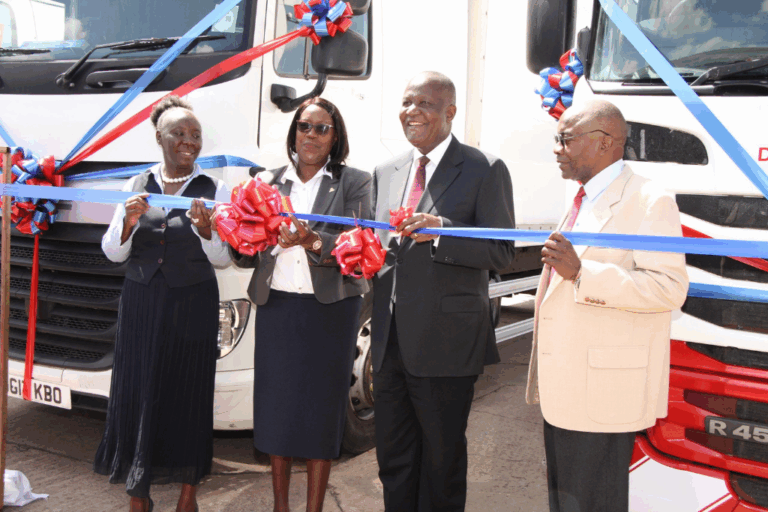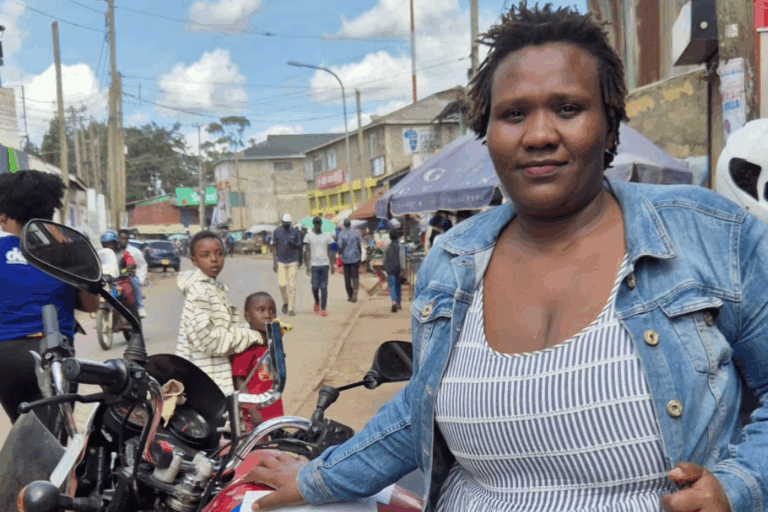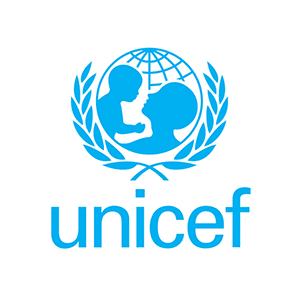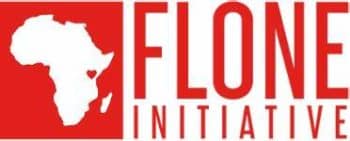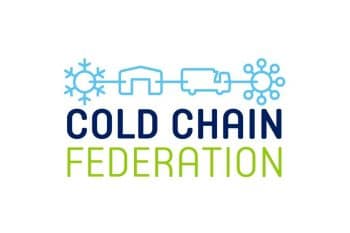
News

Saving lives in rural Zambia with the MAMaZ Against Malaria programme
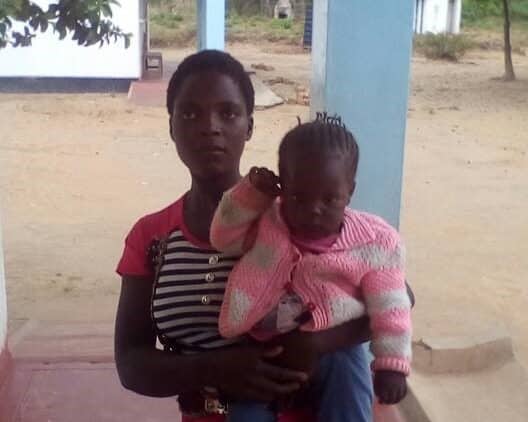
Malaria kills one child every 30 seconds, or about 3000 children every day. Over one million people die from malaria each year, mostly children under five years of age, with 90 per cent of malaria cases occurring in Sub-Saharan Africa.
In July this year, Transaid and Medicines for Malaria Venture (MMV), joined forces in collaboration with the National Malaria Elimination Center (NMEC) of Zambia and the District Health Management Team (DHMT), to develop new and innovative approaches to improve response to cases of severe malaria, focussing on those under the age of six.
Serenje District, Central Province, Zambia, where Transaid is currently working, has one of the highest malaria prevalence rates in the country. Malaria incidence rates among children are very high in Serenje district. Just under half of all children under five years old in Serenje get malaria every year – an estimated incidence rate of 490/1,000 children. Every year, many children in the district die when their malaria progresses to severe malaria because they have not received appropriate or timely treatment. Many of these deaths could be avoided if communities were effectively mobilised around a child health agenda and if WHO-approved rectal artesunate (RAS) – a life-saving treatment – were readily available at community level.
Through the training of community health volunteers in the use of new malaria drugs, as well as implementing an emergency transport system in communities, Transaid and its partners are working to save the lives of children with severe malaria.
One such child is Inness, who at just 16 months, contracted this deadly disease. Read her story below as told by her mother, Silvia:
My daughter Inness fell sick on Wednesday 8th November 2017 with a fever and severe vomiting. She wasn’t able to eat or drink, so the next day, we took Inness to see Rebecca Chisenga, a trained community health worker. Rebecca suspected Inness to have severe malaria due to her symptoms, so she immediately gave her one capsule of the new malaria drug (RAS) at around 14:50hrs and did a Rapid Diagnostic Test to confirm her original diagnosis, which came out positive.
We were rushed to Kabamba Rural Health Centre using a bicycle ambulance, accompanied by Rebecca. Mupula, where we live, is 30 kilometres from the nearest health facility, which is in Kabamba. We reached the facility around 17:30hrs and the nurse confirmed that Inness had severe malaria. She was immediately put on an injectable artesunate, and just half an hour later, Inness could stand on her own and became interested in her surroundings.
By 6am the following morning, Inness’ appetite had returned and she was soon back to running about. Her return to health meant we could be discharged, and could return home.
Recent Posts


